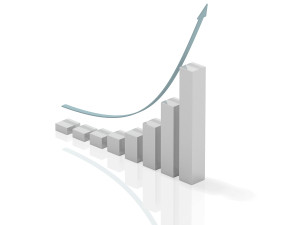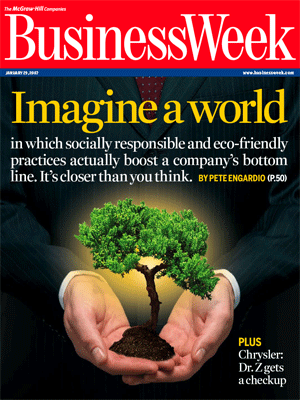3 Videos about Our Unsustainable Economic Model
Today’s business model demands continuous growth. It is designed to foster ever-higher levels of consumption of our increasingly scarce resources. It permits a company to externalize the costs of many of the social and environmental impacts of its operations and of its products’ usage. It limits a company’s liabilities for impacts for which it is, or should be, accountable. It almost requires companies to continue their race to the bottom and seek ever-cheaper sources of labor.
Three good videos illustrate why today’s economic model is unsustainable. To view these videos in full screen, click on the arrows in the bottom right corner of the video. If you are receiving this blog post via email, click on the title of the video to view it.
1. The Story of Stuff (21:16)This is the famous 20-minute video about how our current, linear take-make-waste model of consumption is not sustainable. It is clever, fast, information packed, and entertaining. The downside is that its anti-corporate subtext may turn off some audiences unless it is appropriately positioned, similar to the movie, “The Corporation.” I know it has been used in elementary schools, MBA programs, and corporate seminars as a catalyst to discussion. It is edgy, direct, and controversial. That’s why it’s so good.
There are several sequels to “The Story of Stuff.”
- The Story of Bottled Water (8:04 minutes)This animated ?lm debunks myths and clarifies the strategy that cons us into buying more than half a billion bottles of water every week, when water from the faucet is a fraction of the cost.
- The Story of Cosmetics (8:18 minutes)This is a simplistic portrayal, but simple is understandable. This short, animated cartoon speaks in plain English, putting the burden of responsibility where it belongs: on the people who put the products on the shelf, not the people who take them off the shelf.
- The Story of Cap and Trade (10 min)This is a fast-paced, fact-filled look at the leading climate change solution on the table in most jurisdictions. If you’ve heard about cap and trade, but aren’t sure how it works or whom it benefits, this film will provide you an explanation worth knowing.
2. The Impossible Hamster(1:10)Continued economic growth is against nature and common sense. The film makers here use a comedic, cartoon hamster to illustrate what would happen if there were no limits to growth. A hamster doubles in size each week until reaching maturity at around 6 weeks. If a hamster continued this unchecked growth until its first birthday, we’d be looking at a nine-billion ton hamster. It would eat more than a year’s worth of world corn production—every day.
There are good reasons why things don’t grow indefinitely in nature. But, as our economic growth rises, we are pushing the planet ever closer to—and beyond—some very real environmental limits. With every doubling in the global economy, we are using the equivalent in resources of all the previous doublings combined. This isn’t sustainable.
3. Sustainability explained through animation (2:02)Finally, someone has figured out how to explain The Natural Step’s four scientific, systems principles for a sustainable world—in just two minutes. This video could be slipped into every crib in the world, providing an easy-to-follow operator’s manual for the planet which the child’s going to inherit. It is simple, graphic, clear, and common sense. By inference, it explains why the economic models illustrated in “The Story of Stuff” and “The Impossible Hamster” violate all four principles for a sustainable world.
I expect there are other good videos out there illustrating the unsustainability of our current economic model. Feel free to suggest them in the Comments section.
Bob




